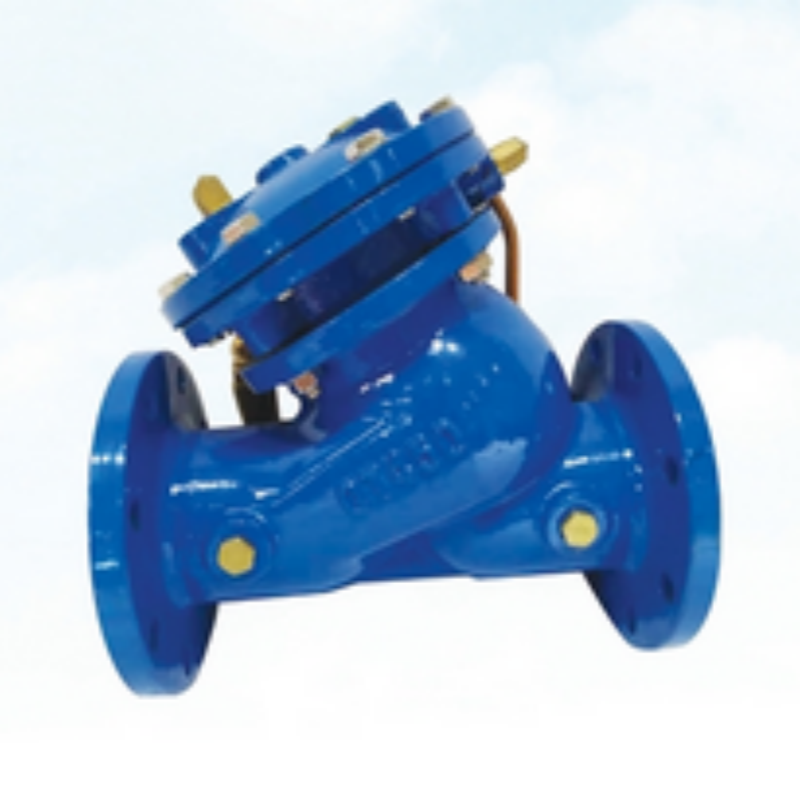Dùbh . 04, 2024 16:19 Back to list
which way turn water valve off
How to Turn Off a Water Valve A Step-by-Step Guide
Understanding how to turn off a water valve is an essential skill for homeowners and renters alike. Whether you are dealing with a plumbing emergency, performing routine maintenance, or winterizing your home, knowing which way to turn the valve can save you from potential disasters. If you've ever asked yourself, Which way do I turn the water valve off? you're not alone. This article will provide you with a comprehensive guide on how to turn off a water valve safely and effectively.
Types of Water Valves
Before diving into the mechanics of turning off a water valve, it’s important to recognize that there are several types of water valves commonly found in homes
1. Gate Valves These valves have a round handle and require multiple turns to close completely. They are typically used in main water lines and are designed to either fully open or fully close.
2. Ball Valves Featuring a lever handle, ball valves can be turned 90 degrees to stop or start the flow. When the lever is parallel to the pipe, the valve is open; when it’s perpendicular, the valve is closed.
3. Globe Valves These have a rounded body and a wheel-like handle. They require several turns to close and are usually used for regulating water flow.
4. Compression Valves Commonly found under sinks, these valves often use a plastic or metal handle that you turn clockwise to stop the water flow.
Step-by-Step Instructions
1. Locate the Valve Most water valves are located near the main water supply line, under sinks, or near appliances like water heaters and washing machines. Make sure to identify the correct valve to avoid closing the wrong one.
which way turn water valve off

2. Understand the Direction A general rule of thumb is - Clockwise to Close Turning the valve to the right (clockwise) typically shuts off the water supply. - Counterclockwise to Open Turning it to the left (counterclockwise) usually opens the valve, allowing water to flow again. Note that this may vary with some valve designs, so always look for indicators on the valve itself.
3. Use the Right Tools If the valve is difficult to turn by hand, you may need a wrench or pliers. Be careful when using tools, as over-tightening can damage the valve.
4. Turn Off the Valve Apply steady pressure when turning the valve. For gate and globe valves, turn it clockwise until it stops. For ball valves, simply turn the lever 90 degrees until it is perpendicular to the pipe.
5. Check for Leaks After closing the valve, observe it closely for any signs of leaks. If you notice any water seeping through, you may need to replace the valve or call a plumber.
6. Drain Remaining Water If you are shutting off water for repairs, consider draining any remaining water from the pipes. Open faucets at the highest and lowest points in your home to let air into the system, which helps in draining water more quickly.
When to Turn Off Your Water Valve
There are several situations where you should turn off your water valve
- Plumbing Repairs Anytime you need to fix leaky pipes or replace fixtures, turning off the water helps prevent flooding. - Emergency Situations If you encounter a burst pipe or severe leak, immediately turn off the water to minimize water damage. - During Freezing Weather Shut off outdoor valves to prevent pipes from freezing and bursting.
Conclusion
Knowing how to turn off a water valve is a vital skill that can protect your home from unnecessary water damage and ensure smooth plumbing operations. Always remember to locate the valve, turn it clockwise to close, and check for leaks afterward. In case of uncertainty, consulting a professional can be a wise choice. With this knowledge, you can confidently tackle any plumbing issues that may arise.
-
Why Metric Trapezoidal Thread is Ideal for Precision Motion ControlNewsAug.05,2025
-
The Unique Properties of a Block of Granite for Industrial UseNewsAug.05,2025
-
The Role of Flanged Y Strainers in Preventing Pipeline ClogsNewsAug.05,2025
-
The Importance of Regular Calibration for Master Ring GagesNewsAug.05,2025
-
How a Cast Iron Surface Table Enhances Accuracy in ManufacturingNewsAug.05,2025
-
Comparing Different Check Valve Types for Optimal Flow ControlNewsAug.05,2025
Related PRODUCTS









